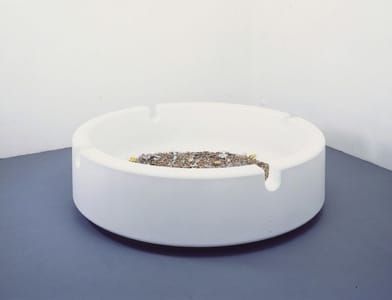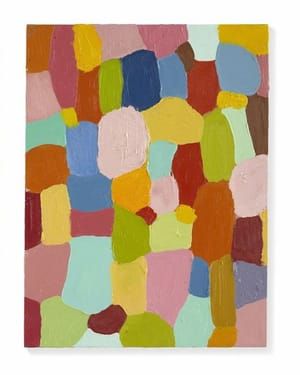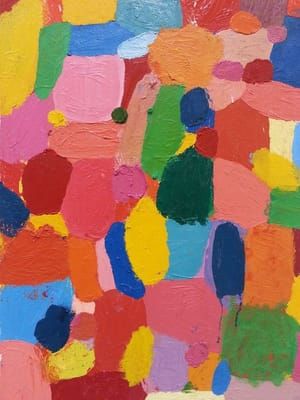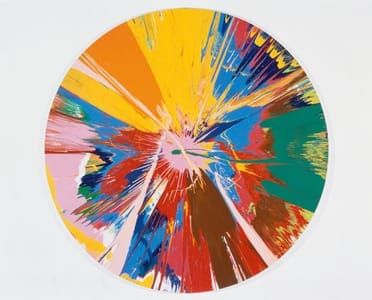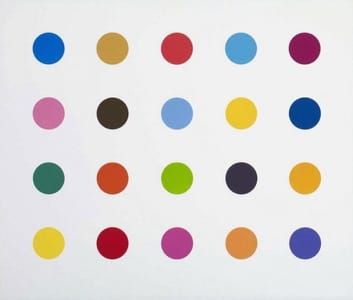

For The Love Of God, 2007
Damien Hirst
Really “For the Love of God” – or of Mammon? This is Damien Hirst’s famous diamond-and-platinum skull that sold (sort of) for $100 million in 2007. I’ve argued before that the God-and-death themes in the piece are much less interesting than its Mammon-and-money side. In a big Hirst profile in this week’s Newsweek, I make the claim that Hirst’s deep engagement with the market, especially over the last five years, have made him one of the most important artists of our era – the truest heir to Warhol and his claim that the business of art can be great art, too.
[https://www.thedailybeast.com/damien-hirst-warhol-reborn]
“I just thought, ‘What can you pit against death?”
‘For the Love of God’, a platinum skull set with diamonds, is one of Hirst’s most important and widely recognised works. Its raw materials define it as an artwork of unprecedented scale. The 32 platinum plates making up ‘For the Love of God’ are set with 8,601 VVS to flawless pavé-set diamonds, weighing a massive 1,106.18 carats. The teeth inserted into the jaw are real and belong to the original skull.
The skull from which ‘For the Love of God’ was cast, was purchased from a London taxidermist and subsequently subjected to intensive bioarchaeological analysis and radiocarbon dating. This research revealed it dated from around 1720 - 1810, and was likely to be that of a 35-year-old man of European/Mediterranean ancestry. The title originates from exclamations Hirst’s mother would make on hearing plans for new works when he was starting out as an artist. As he explains: “She used to say, ‘For the love of God, what are you going to do next!’”
‘For the Love of God’ acts as a reminder that our existence on earth is transient. Hirst combined the imagery of classic memento mori with inspiration drawn from Aztec skulls and the Mexican love of decoration and attitude towards death. He explains of death: “You don’t like it, so you disguise it or you decorate it to make it look like something bearable – to such an extent that it becomes something else.”
The incorporation of the large central stone was inspired by memories of the comic ‘2000 AD’, which Hirst used to read as a child. He relates how the comic, “used to have a character in it called Tharg the Mighty who had a circle on his forehead. He was like a kind of powerful, God-like figure who controlled the universe,” Hirst explains. “It kind of just looked like it needed something. A third eye; a connection to Jesus and his dad.”[3]
Alongside their dazzling brilliance and “Eucharistic” beauty, Hirst’s fascination with diamonds results partly from the mutterings and uncertainty surrounding their inherent worth. In the face of the industry’s ability to establish their irreplaceable value, it becomes necessary to question whether they are “just a bit of glass, with accumulated metaphorical significance? Or [whether they] are genuine objects of supreme beauty connected with life.” The cutthroat nature of the diamond industry, and the capitalist society which supports it, is central to the work’s concept. Hirst explains that the stones “bring out the best and the worst in people […] people kill for diamonds, they kill each other”.
In 2010, Hirst created a second, baby diamond skull called ‘For Heaven’s Sake’ using pink diamonds.
Watch a short film on the making of ‘For the Love of God’.
[http://www.damienhirst.com/for-the-love-of-god]
7 x 5 x 8 in
Uploaded on May 5, 2018 by Suzan Hamer
Damien Hirst
artistArthur
Wait what?





